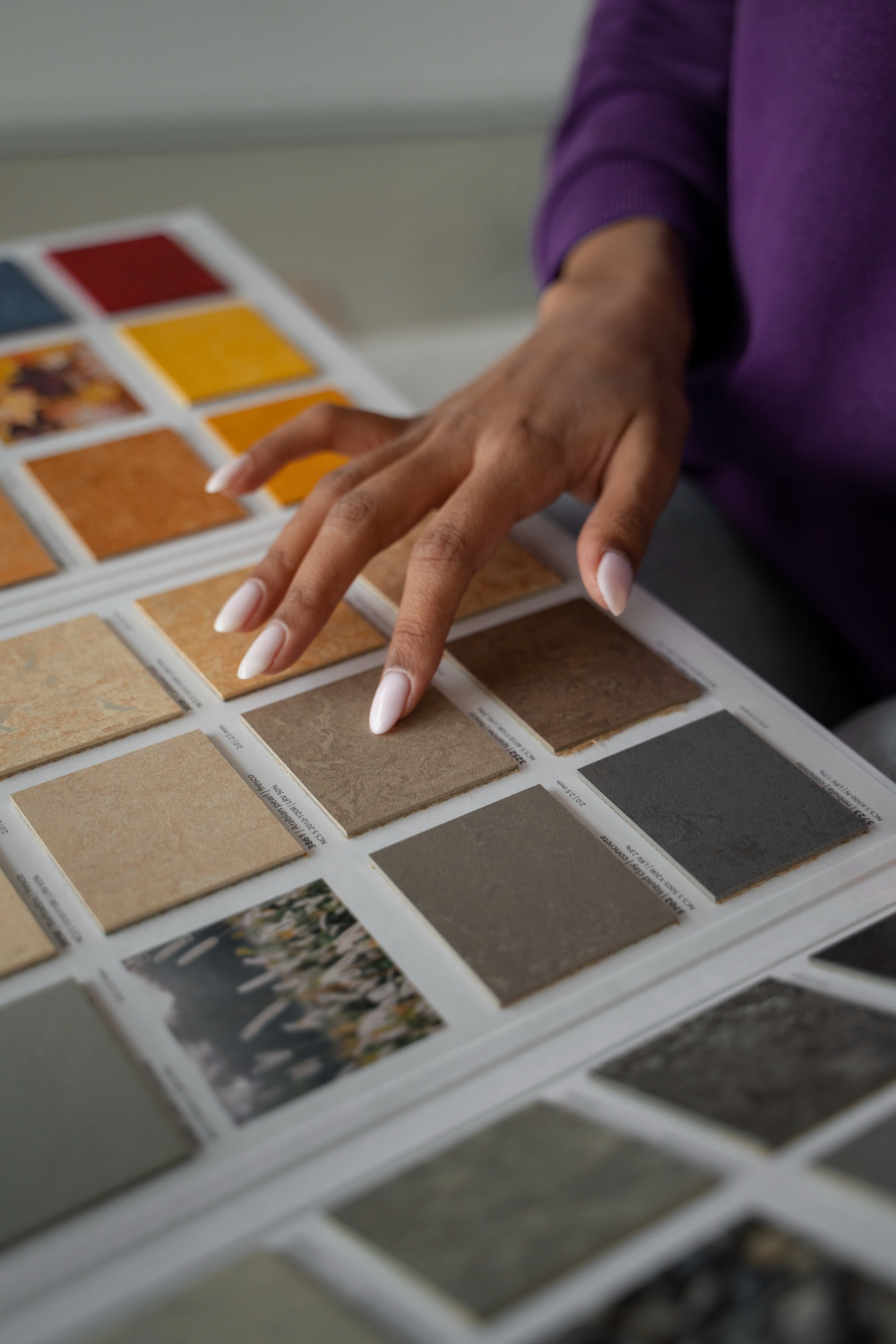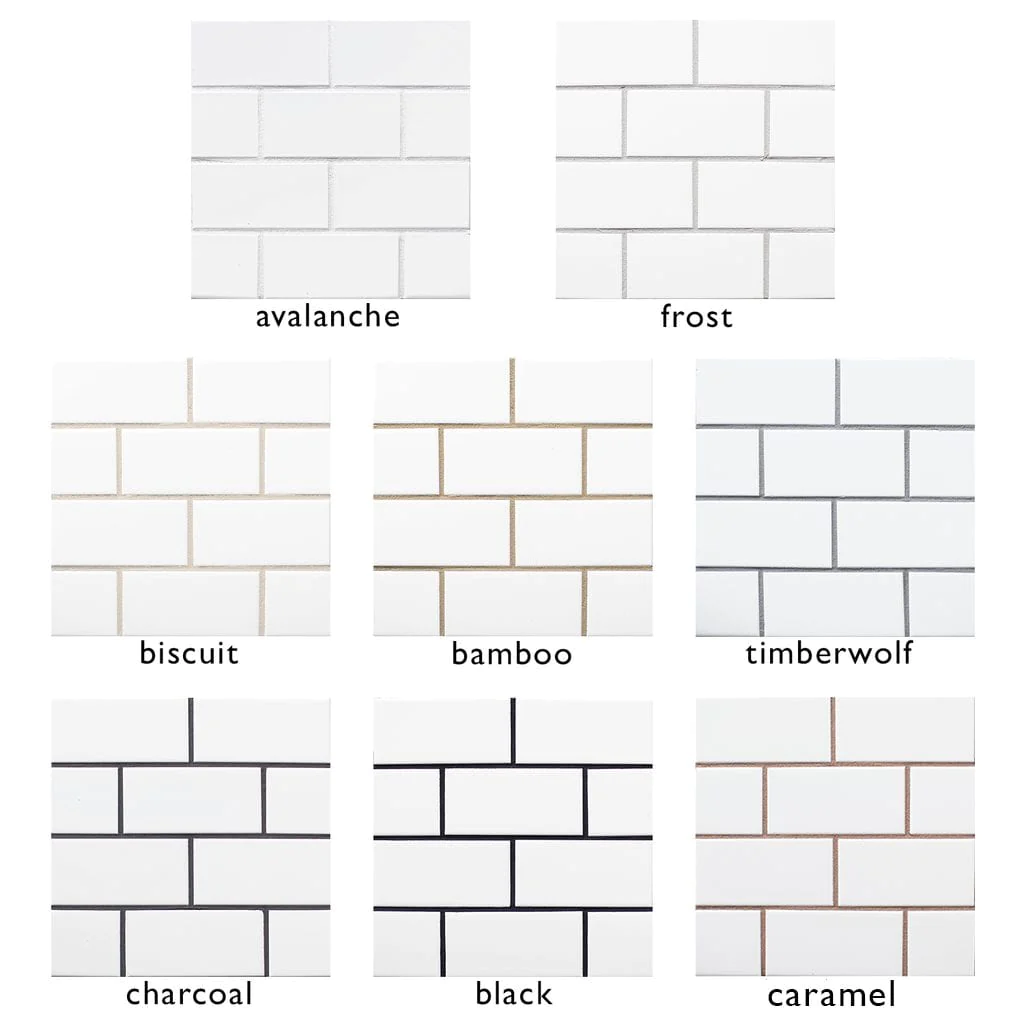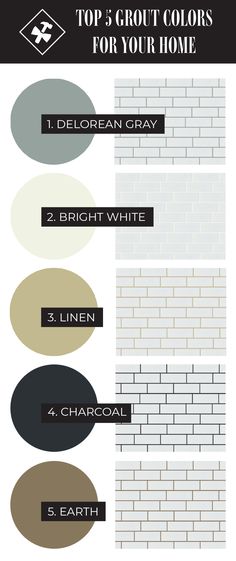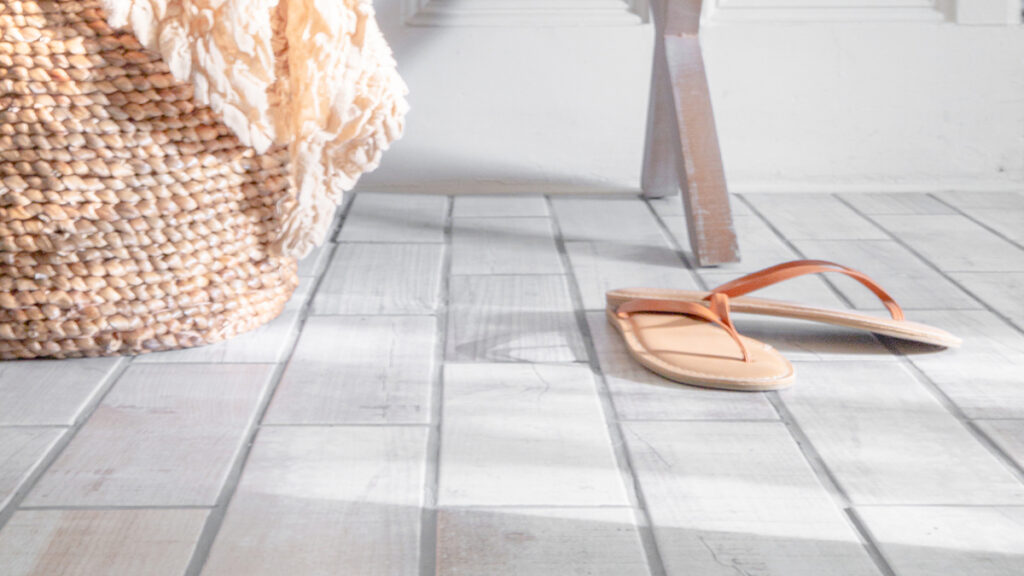One often overlooked but crucial element in designing or renovating spaces is the grout color used with white tiles. While selecting the perfect tiles for your home or commercial area is essential, choosing grout color can significantly impact the overall aesthetics and ambiance. Grout color plays a pivotal role in enhancing the beauty of your […]

One often overlooked but crucial element in designing or renovating spaces is the grout color used with white tiles. While selecting the perfect tiles for your home or commercial area is essential, choosing grout color can significantly impact the overall aesthetics and ambiance. Grout color plays a pivotal role in enhancing the beauty of your tiles or detracting from the design, making it a decision that requires careful consideration. In this comprehensive guide, we will explore the importance of choosing the right grout color for white tiles, popular color choices, their effect on the perceived size of the space, maintenance considerations, current interior design trends, tips for maintaining consistency, and any regional or cultural preferences that might influence your decision.
Grout color serves a dual purpose in tiling projects. Firstly, it fulfills its practical role by securing the tiles and preventing moisture from seeping. Secondly, and more importantly, from a design standpoint, grout color can significantly impact the overall appearance of the tiled space. The right grout color can seamlessly blend with the white tiles, creating a cohesive and polished look. On the other hand, a poorly chosen grout color can create stark contrasts that draw attention away from the elegance of the white tiles.
Imagine a pristine white tile backsplash in the kitchen, complemented by a carefully selected light gray grout. The soft contrast enhances the pattern of the tiles and adds a subtle touch of elegance to the space. Conversely, if the same white tiles were paired with dark or vibrant grout, the design might feel overwhelming and distract from other elements in the room.

Regarding white tiles, several grout color choices have gained popularity due to their ability to complement and enhance the overall design. Let’s explore some of the commonly used grout colors with white tiles:
– Light Gray: A perennial favorite, light gray grout provides a subtle contrast that defines the individual tiles without overpowering them. It is an excellent choice for modern and contemporary designs.
– White: Opting for white grout on white tiles creates a seamless and clean appearance, making the space open and bright. It is an ideal choice for minimalistic and Scandinavian-inspired interiors.
– Beige: A warm-toned beige grout can add depth to the tiled space while maintaining a harmonious connection with the white tiles. This combination works well in classic and traditional settings.
– Black: For a striking and dramatic effect, black grout with white tiles can create a bold contrast that accentuates the pattern or layout. However, this choice is best suited for contemporary and edgy designs.
– Colored Grouts: Some homeowners and designers opt for colored grouts to add a unique touch to the tiling project. Colored grouts like blue, green, or metallic shades can infuse personality into the space and serve as a focal point.
Related post: How To Clean White Grout

The choice of grout color can surprisingly impact the room’s perceived size. Light-colored grouts, such as light gray and white, blend with the white tiles, creating a continuous visual flow. This seamless appearance tricks the eye into perceiving a larger, more open space. As a result, rooms with white tiles and light-colored grout can feel more expansive and airy.
On the other hand, dark-colored grouts, such as black, create distinct lines between the tiles, breaking the continuity and visually dividing the space. This can make the room feel cozier and more intimate, which might be desirable in areas like bathrooms or kitchens.
Related post: Effortlessly Remove Kitchen Tile Grout Stains

Maintenance is crucial when choosing a grout color, especially in high-traffic areas or spaces prone to spills and stains. Light-colored grouts, such as white or light gray, may require more frequent cleaning to maintain their pristine appearance. Dark-colored grouts, like black or deep browns, may show less discoloration over time but could be more prone to fading in sunlight.
In recent years, grout manufacturers have developed stain-resistant and easy-to-clean grout options. These innovative grouts are designed to withstand spills, dirt, and discoloration, making maintenance a breeze for homeowners and reducing the need for constant scrubbing.
Consistency is critical to achieving a harmonious and flowing design throughout your home. If you have chosen a specific grout color for your white tiles in one room, consider using the same or a complementary color in adjacent areas. This consistent approach creates a seamless transition from one space to another, enhancing the overall design cohesion.
For example, if you have used light gray grout in your kitchen’s white subway tile backsplash, consider using the same color in the adjacent dining area with white floor tiles. This creates a visual connection between the spaces and maintains a sense of unity throughout your home.
Interior design trends constantly evolve, and grout color choices are no exception. In recent years, several trends have emerged regarding grout color with white tiles:
– Contrasting Patterns: Homeowners and designers are increasingly experimenting with bold contrasts by using dark-colored grouts with white tiles to create eye-catching patterns and designs.
– Monochromatic Elegance: The monochromatic approach, which involves using the same color grout as the tiles, continues to gain popularity, particularly in contemporary and modern interior designs.
– Muted Tones: Soft and subtle grout colors, such as beige or light pastels, are embraced to add warmth and understated elegance to white tile installations.
Related post: Interior Designers Reveal 12 Ways To Make Your Home Look Better

Regional or cultural factors can influence grout color preferences. For instance, lighter grout colors might be favored in certain regions with warmer climates as they reflect light and help keep spaces more relaxed. In contrast, areas with cooler temperatures might lean towards darker grout colors to add warmth and coziness to the environment. Similarly, cultural aesthetics and design traditions can also impact grout color choices with white tiles.
In contrast, Nordic design in Scandinavian countries might lean towards lighter and more neutral grout colors, aligning with their love for minimalism and creating bright and airy spaces.
Choosing the right grout color is crucial when tiling with white tiles. It can either elevate the overall design and create a harmonious ambiance or detract from the elegance of the tiles. By considering the impact of grout color on spatial perception, ease of maintenance, and current design trends, homeowners and designers can make informed decisions that result in stunning and visually appealing spaces. Whether you opt for classic light gray, seamless white, warm beige, bold black, or even a unique colored grout, the perfect choice will accentuate the beauty of your white tile installation. Embrace the potential of grout color to transform your space and create a timeless and captivating design.
It is essential to find a dependable and trustworthy cleaning business. Customers are welcome to make reservations on the Sparkling and Beyond website, including reservations for nearby upholstery cleaning businesses.
If you want to know more tips for carpet cleaning, welcome to Sparkling and Beyond! We provide cleaning services and helpful tips for making your space dust-free!
If you want to book our services, please contact us today! Our experienced cleaning experts are waiting for you!
If you want to check our availability and pricing, please check here.
![]()